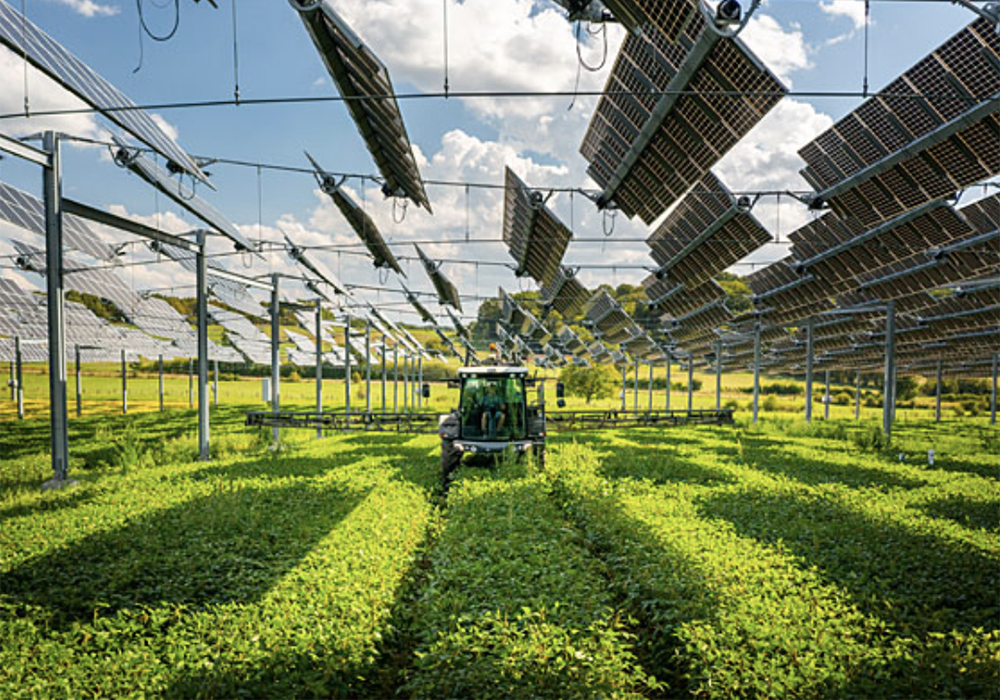Western Producer readers who methodically make their way through the paper from front to back won’t have seen it yet, but there’s a fascinating photo essay on page 32 this week.
Kevin Link, a freelance photographer from Alberta, has been taking pictures as a wind power project is built near Drumheller. They provide an interesting glimpse into how these projects go together.
Harvesting energy from the air may seem like a gift from heaven, but it is not without controversy. Rural residents have complained about the noise and esthetic damage.
Read Also

Farmer ownership cannot be seen as a guarantee for success
It’s a powerful movement when people band together to form co-ops and credit unions, but member ownership is no guarantee of success.
The same goes for solar energy, where the major concern seems to be about taking productive farmland out of commission. Efforts have been made to address these concerns, such as grazing sheep around and under the solar panels, but that solution can only be taken so far.
It’s a thorny problem, but if I may be so bold, I would like to offer an extremely impractical way out of the thicket.
Researchers working for the French solar developer TSE have installed a five-metre-high metal frame over 12 acres of farmland onto which solar panels have been installed.
The panels are high enough off the ground that farm equipment can work underneath.
The company plans to build three similar sites by the end of the year and conduct agronomic trials for the next nine years to test the effectiveness of what it calls agricultural canopies.
I’ve seen a photo of this project in action, and it looks impressive. A tractor and seeder work in the field while dozens of solar panels hang overhead, spaced out enough to allow in sunlight and rain.
This is definitely a step up from using sheep to graze under the current generation of solar panels, but there is one obvious hitch — the challenge of expanding this project to cover not just 12 acres but thousands and thousands and thousands of acres.
It sure sounds impractical, and it most likely is, but it shows that there are companies that recognize the competition for land between solar energy and agriculture.
So no, we’re not likely to soon see thousands of acres of solar panels hanging five metres off the ground across the Prairies while combines go about their business underneath them, but it’s an intriguing thought.















